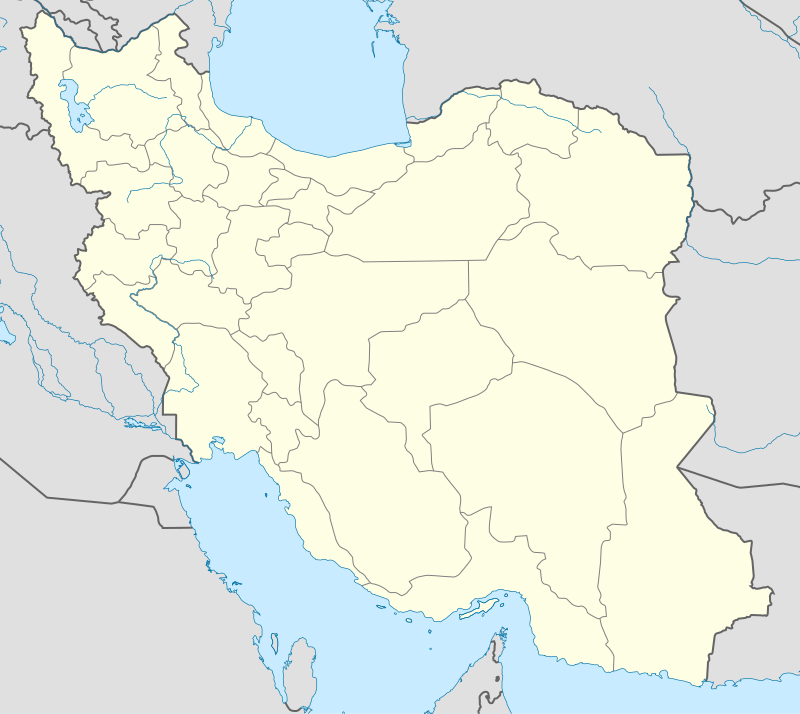Pardis
Pardis (Persian: پردیس) is a city in Pardis County, Tehran Province, Iran. It is a suburb located 17 kilometers northeast of Tehran. The city is home to 73,363 people as of 2016 according to the Census Bureau.[1] Pardis is a planned city that at the end of its construction should reach a population of 600,000.
Pardis پرديس | |
|---|---|
City | |
 Pardis | |
| Coordinates: 35°44′16″N 51°48′56″E | |
| Country | |
| Province | Tehran |
| County | Pardis |
| District | Bumehen |
| Area | |
| • Total | 276.3 km2 (106.7 sq mi) |
| Elevation | 1,800 m (5,900 ft) |
| Population (2016 Census) | |
| • Total | 73,363 [1] |
| Time zone | UTC+3:30 (IRST) |
| • Summer (DST) | UTC+4:30 (IRDT) |
| Year | Pop. | ±% |
|---|---|---|
| 2006 | 25,360 | — |
| 2011 | 37,257 | +46.9% |
| 2016 | 73,363 | +96.9% |
| amar.org.ir | ||

Pardis Mehr Housing press conference.
Technology Park
Adjacent to a Telecommunication Company of Iran Satellite Earth Station, is Pardis Technology Park. Land has been allocated for the establishment of business related to technology.
Pars Online, an Iranian ISP, has established the first private Data center in Iran, at Pardis Technology Park.
gollark: But apparently it takes 500 milliseconds to render a few hundred kilobytes of markdown content, so now I have to figure out how firefox's profiler works.
gollark: When you hover over a link, it automagically™ downloads the associated content using advanced onmouseover technology.
gollark: I've managed to significantly improve minoteaur performance by implementing prefetching.
gollark: > a-pc
gollark: <:bees:724389994663247974> (stealing the emoji)
References
- "Statistical Center of Iran > Home". www.amar.org.ir.
External links
- (ADSL - Wireless - Dial up - Persian)
- Pardis Technology Park (in Persian)
- Parsonline Data Centre at Pardis Technology Park
This article is issued from Wikipedia. The text is licensed under Creative Commons - Attribution - Sharealike. Additional terms may apply for the media files.
